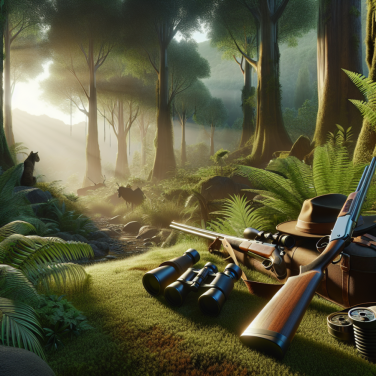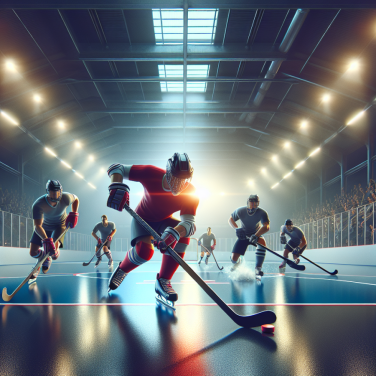Developing Precision and Power: Effective Drilling Practices for Sliotar Mastery
To truly master the sliotar, players must focus on the twin pillars of precision and power. Effective drilling practices can greatly enhance a player's ability to control the sliotar, whether striking it into the goal from a distance or passing with pinpoint accuracy to a teammate. Here, we delve into specific drills and techniques designed to fine-tune these critical aspects of play.
Precision Passing Drills: To refine precision in passing, players can engage in a series of targeted exercises. Begin with static passing exercises, where players stand at a set distance and aim the sliotar at a specific target area or into the hands of a partner. Gradually increase the distance to challenge accuracy. Next, incorporate movement, with both the passer and the receiver in motion, emulating match conditions. Accuracy can also be improved through wall ball drills, where players aim at a small target on a wall, focusing on consistency and control.
Long-Range Puck Drills: Power is a critical component when pucking the sliotar over long distances. To enhance power in shots, players should work on their striking technique, ensuring they use their entire body to generate force. This can be practiced through stationary striking drills, where players focus on a fluid swing and full follow-through. Moving to dynamic drills, players take running shots at goal from various distances and angles, aiming to hit predefined zones within the goalposts.
Sliotar Control Drills: Sliotar control underpins both precision and power. Drills to improve control include solo runs where the player balances the sliotar on the hurley while navigating through a series of obstacles or markers. Juggling the sliotar on the flat of the hurley and quick hand-passing exercises also promote fine control and can sharpen reflexes to deal with unpredictable ball behavior.
Conditioning for Power: To maximize power in striking, players must engage in physical conditioning focused on the core, shoulders, and arms. Exercises like medicine ball throws, kettlebell swings, and resistance band workouts target the muscle groups involved in a powerful strike. Incorporating plyometrics can also develop explosive power conducive to driving the sliotar with force.
Reactive Drills for Precision: Reflex and reaction drills are pivotal for enhancing precision under pressure.
Read also:
The Thrills of Floor Hockey: A Guide to Indoor Stick Sports
Enhancing Ball Control: Essential Hurling and Camogie Techniques
Improving one's ability to control the sliotar is critical in hurling and camogie. This not only requires continuous practice but also an understanding of key techniques which form the foundation for advanced play. Mastering these techniques allows players to maintain possession, make decisive plays, and ultimately, exert control over the game's flow.
One fundamental technique is the touch and control drill, which enhances a player's first touch. This involves tossing the sliotar into the air and controlling it with the hurley on the first touch, keeping it close to avoid giving an advantage to the opposing team. Start with high throws and progress to bouncing the ball as your skill improves, always aiming to keep the sliotar close to your body.
Dribbling is another essential skill that requires players to balance the sliotar on their hurley while running. This can be practiced by jogging and then accelerating with the sliotar on the hurley. Players should focus on keeping their head up to maintain spatial awareness during gameplay.
Next, the hand pass technique is an invaluable skill allowing players to quickly and accurately pass the sliotar to a teammate. Practice this by repeatedly passing the sliotar against a wall using the side of your hand. As proficiency increases, add movement and increase the passing distance to simulate actual game scenarios.
The roll lift is a technique that enables a player to lift the sliotar from the ground into their hand efficiently. This skill is best honed through repetition. Position the sliotar on the ground, roll the hurley over it, and smoothly lift it into your hand. Ensure that both the left and right hands are practiced for dexterity.
Another crucial technique is the jab lift, which often follows successful control of the sliotar on the first touch and is vital for quick possession gain. This is accomplished by placing the hurley's bas under the ball and quickly lifting it into the hand. Players should practice this starting from a stationary position and then during movement to replicate in-game lifts.
Soloing, akin to dribbling in football, involves bouncing the sliotar on the hurley while running. It is pivotal for players moving across the field. Begin by soloing at a comfortable pace, gradually increasing the distance and speed to improve coordination and control.
The hook shot is a more advanced technique which requires players to strike the sliotar with precision while under pressure.
Mastering the Sliotar: Skills and Drills in Hurling & Camogie
Enhancing First Touch
A player's first touch in hurling and camogie is critical for ball control and efficient play. To improve your first touch, practice exercises that involve receiving the sliotar from various angles and heights. Work on cushioning the ball with your hurley, keeping it close to avoid turnovers. A useful drill is having a partner throw or hit the ball to you from a distance, requiring you to bring it under control quickly and effectively. As your skill progresses, increase the speed and vary the trajectory of incoming sliotars to challenge your reflexes and touch.
Soloing Perfection
Soloing, or carrying the ball on the hurley, is a fundamental skill that allows players to move quickly while maintaining possession. To perfect this, start by jogging in a straight line while balancing the sliotar on your hurley. Once you're comfortable, incorporate changes in direction and pace. Use cones to create a course that replicates match scenarios, encouraging tight ball control and spatial awareness. Practicing solo runs under pressure by including defenders can simulate real-game situations.
Striking Skills
The ability to strike effectively while stationary or on the move determines a player's offensive threat. To improve striking skills, practice hitting targets from a range of distances. Start with stationary striking, focusing on accuracy and then gradually incorporate movement. Develop your striking from the hand by releasing the sliotar into the air and striking it cleanly before it hits the ground. For advanced players, practicing striking off both sides of the body is essential for unpredictability and skill in the game.
Hooking and Blocking
Defensive skills such as hooking and blocking are as important as offensive skills. To master these, work on reaction time and hand-eye coordination. Drills should include approaching a striker and timing your hook just as they swing, as well as raising your hurley to block shots from different angles. Partner up and take turns being the striker and the defender to gain perspective on both sides of the play.
Goalkeeping Mastery
For goalkeepers, mastering the sliotar includes honing reflexes, agility, and clearances. Drills should involve shot-stopping from various angles, catching and controlling high balls under pressure, and quickly clearing the ball to safe zones on the pitch.




